The New Brunswick Environmental Network says people are ready for nature-based solutions to climate change.
Lilian Barraclough, the project co-ordinator for the research and knowledge initiative at the network, said these use natural elements to respond to the impacts of climate change.
“Nature-based solutions serve roles not only to respond to those impacts of climate change, but also to protect and conserve nature,” said Barraclough.
“They pretty much always have some sort of benefit for non-human species and for the functioning of ecosystems and the environment as a whole.”

One example of a nature-based solution would be a living shoreline, she said.
That would involve incorporating native grasses and low-level brush along the shore, as well as building up the banks with deadwood logs, in an effort to reduce coastal erosion and slow storm surges.
The environmental network is an umbrella group that brings together more than 110 non-profit environmental organizations to work to strengthen the province’s environmental movement.
Barraclough’s team fielded an online survey in February and around 660 New Brunswickers responded. But according to their findings, more than half of those surveyed didn’t even know what a nature-based solution to climate change is until they filled out the survey.

Still, two-thirds of respondents favoured nature-based solutions over those made by humans.
An example of a human-made solution, said Barraclough, would be a sea wall, which is usually made of concrete to act as a barrier between a body of water and a community.
“These engineered solutions, not only [do they] … have a large cost and they don’t have a long lifecycle, but the materials that are used also have a large environmental footprint,” she said.
“In comparison to nature-based solutions, these engineered solutions don’t have many co-benefits for the human community or for the natural environment.”
Another example would be a drainage system using pipes and culverts, said Barraclough. But the nature-based counterpart would be a rain garden — a garden built to collect rainwater, hold it, filter it and then slowly release it into the ground.

Barraclough said this helps to slow down the risk of flooding.
She said these solutions require maintenance to ensure their success, but she said that’s no different from human-made ones.
“I think one of the challenges is that nature-based solutions require that long-term maintenance and it’s not super well-known … and the capacity is not always built into those projects to continue that.”
For example, if a rain garden was developed one year and maintained for a couple more, but then the organization that put it in place lost its funding — the garden would struggle to survive and no longer serve its purpose.
Barraclough said the environmental network is communicating the results of its survey to municipal and provincial bodies and creating a cost-benefit analysis framework for municipalities to use when making decisions about nature-based solutions.
But she said there has already been some work across the province to implement some of these natural ideas.
In Sackville, there’s a living roof on the top of the town hall, which Barraclough said provides opportunities for food security and green space.

There are also some initiatives, said Barraclough, to restore the banks of freshwater rivers in the province, including one in the Sussex area. She said this helps to provide more habitat and improve the water filtration capacity.
Some regions along the Acadian Peninsula also have some living shorelines and sand dune restoration projects.
“Although there is still a need for a lot of education and a lot more uptake of nature-based climate solutions, there are many existing examples throughout the province.”
Source : CBC News

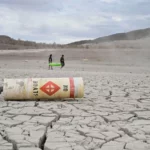
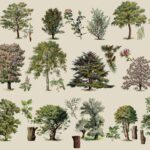





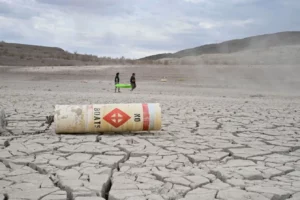
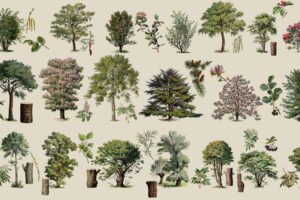
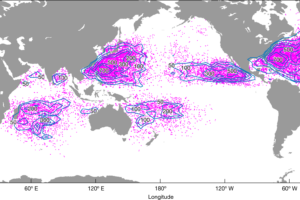
Add Comment